DIGITAL - Digital format
Type of resources
Topics
Keywords
Contact for the resource
Provided by
Years
Formats
Representation types
Update frequencies
Scale
-
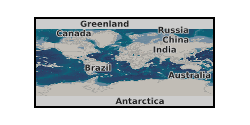
Database of hydrogeological properties measured on core samples. Contains most determinations generated by BGS Wallingford Physical Properties Lab but some data is only available on paper. High quality data produced to strict laboratory quality standards.
-
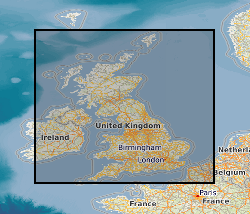
Database of water levels in selected observation boreholes: daily, weekly or monthly measurements. Consistent set of boreholes in catchments relatively undisturbed by pumping distributed across most significant aquifer units in the UK. Most sites have more than 30 years of data, and some sites have considerably longer time series. The dataset represents only 5% of active groundwater monitoring networks run by UK measuring agencies. BGS holds other, historical, groundwater level data, including one off measurements and time series.
-
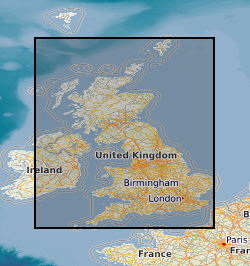
Dataset of mineral occurrences in the UK including locations of known mines, mineral showings and localities, including sites where minerals of economic interest have been identified in panned concentrates. Data is normally taken from published sources or from internal BGS records, such as field sheets, rock and stream sediment collection cards. Data compilation started ca. 1994.
-
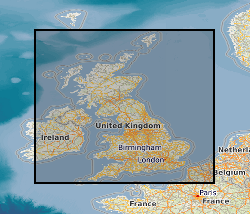
Index of onshore boreholes in England, Wales and Scotland for which BGS holds material either as registered specimens or cuttings. Developed to improve access by BGS staff and external enquirers to the major UK borehole collection.
-
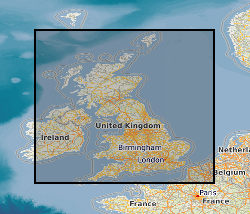
Index to borehole material held chiefly as continuous drillcore, bulk samples, unwashed cuttings and processed material from onshore UK.
-
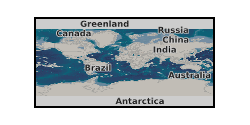
The foreign sliced rock or 'F' collection consists of about 10, 000 specimens and thin sections, cited by their 'F' numbers. These include material archived from recent overseas projects and much collected during the late 19th or early 20th Century from regions within what was then the British Empire. It also includes 'exotic' materials donated to the Survey in its earlier years. Its coverage varies, although there is a predominance of African material. It is indexed on paper registers, and approximately 20% has been input onto 'Britrocks'.
 NERC Data Catalogue Service
NERC Data Catalogue Service